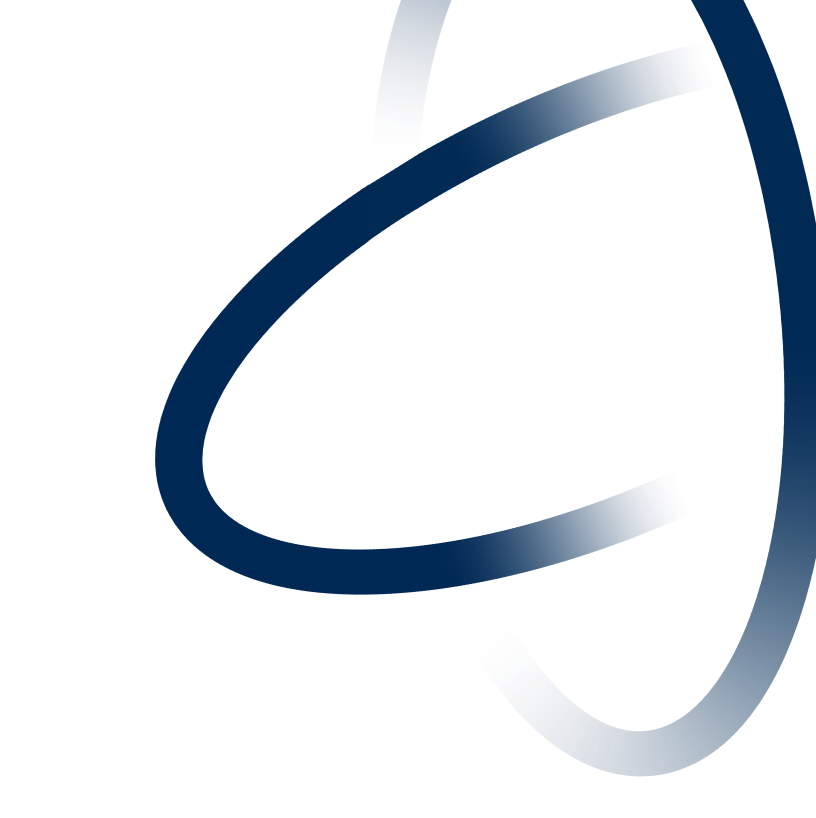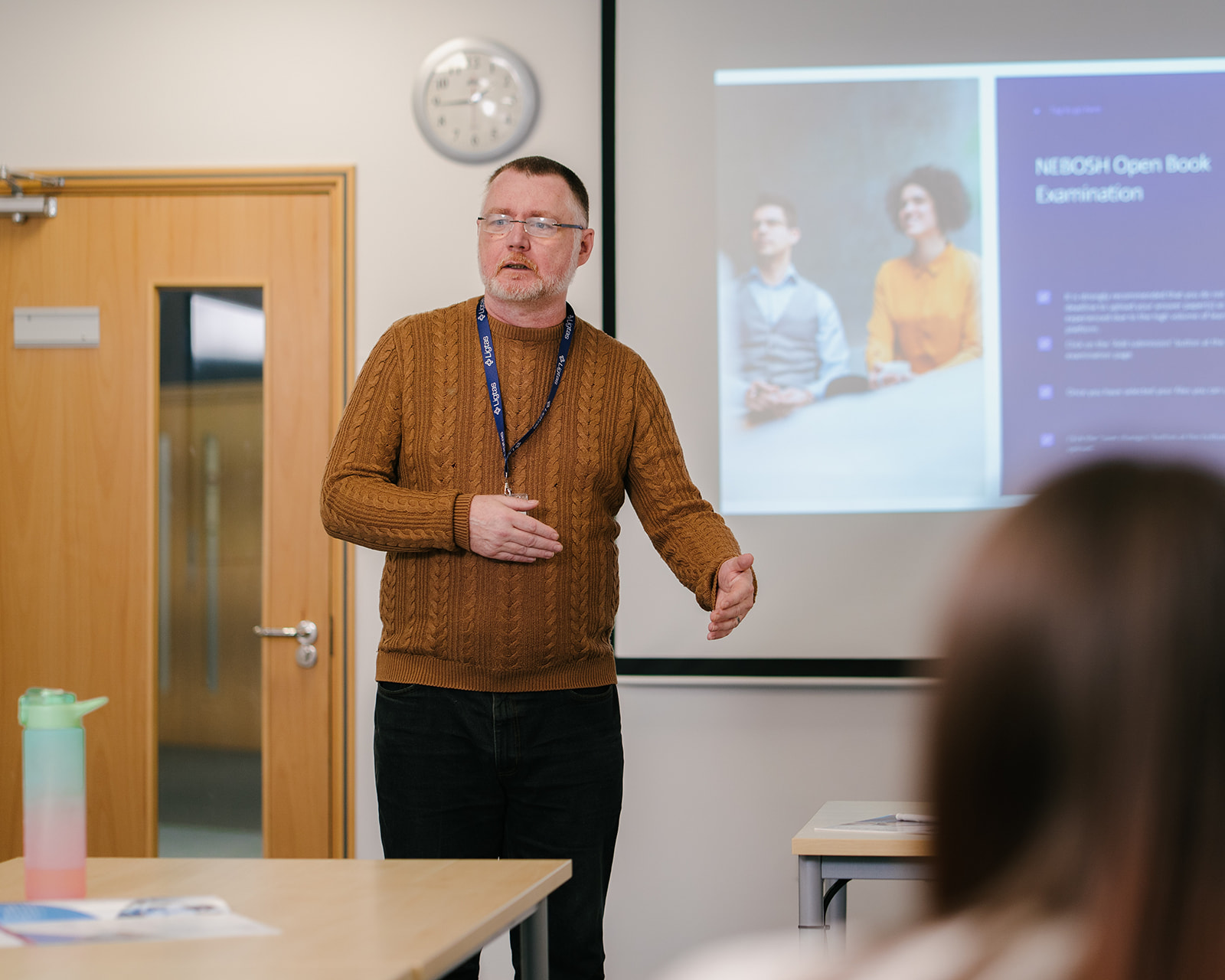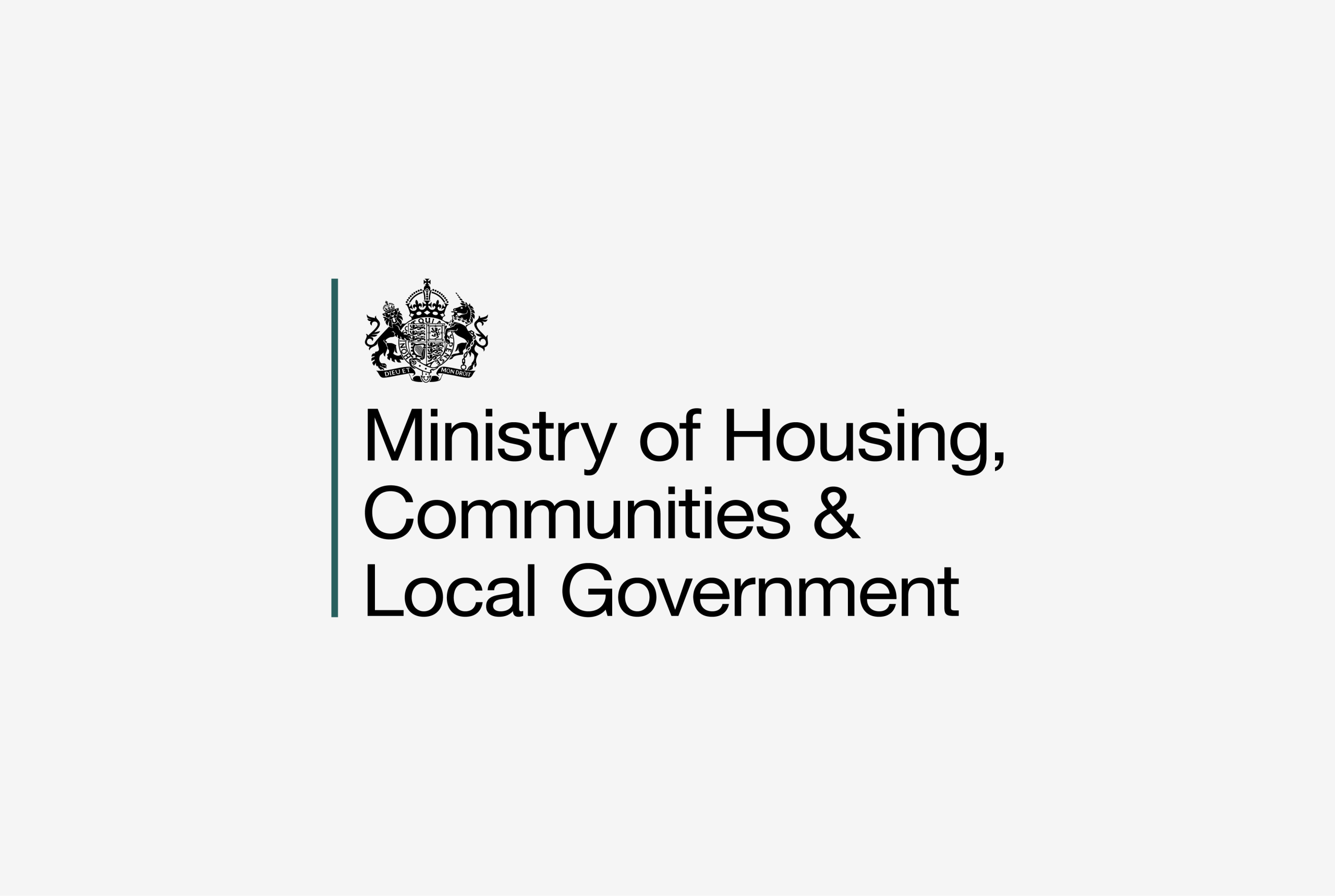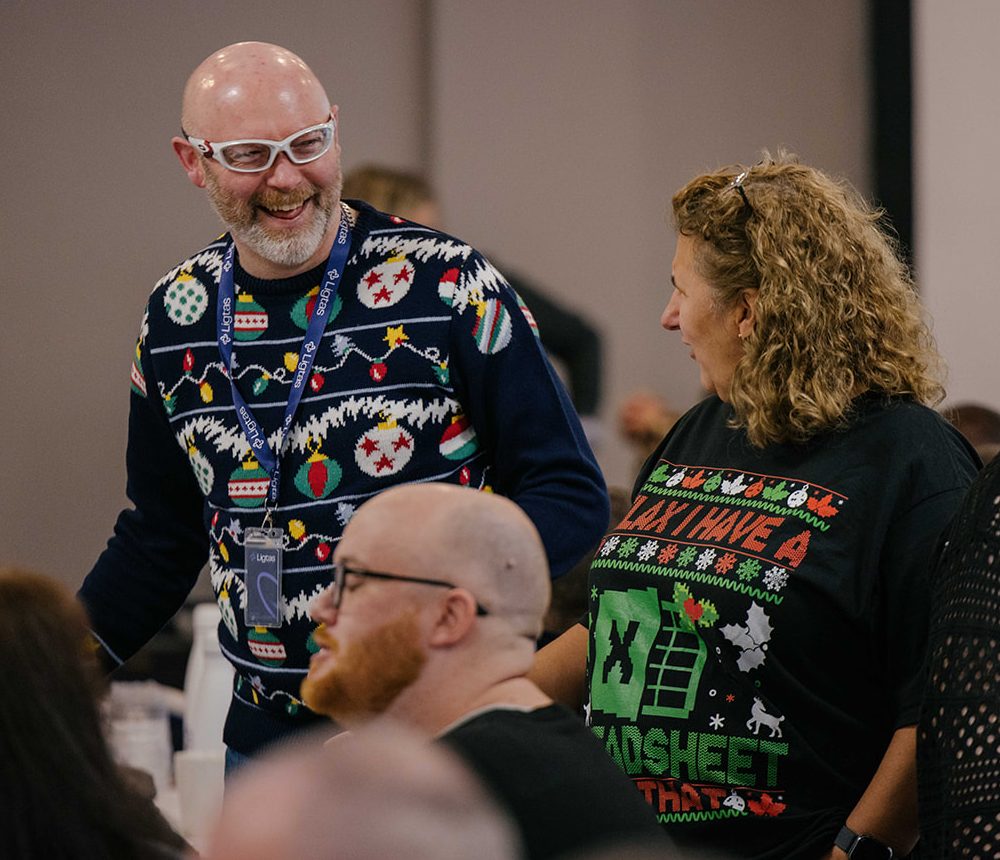Looking for an IOSH or NEBOSH course next year? Browse our 2026 courses here.
Training & Consultancy: How They Work Together to Change Behaviour
NEWS
October 2025

Why training and consultancy working together changes behaviour
Most organisations don’t set out to split training and consultancy, it just happens. One team buys courses. Another commissions audits. Both are sensible. But when training and consultancy are not working together, the gap shows up in the only place that matters: day-to-day behaviour.
In our recent webinar, we explored how to close that gap so safety isn’t just compliant on paper; it’s lived in practice. Here’s the core idea: consultancy turns findings into insight; training turns that insight into action. Joined up, they form a simple loop that keeps improving culture over time.
Why the split appears (and why it hurts)
From the session, three patterns came up again and again:
- Generic courses against specific risks. Teams complete training, pass the test…then face tasks the course never covered. Behaviour doesn’t shift because the content didn’t match the job.
- Actions that keep coming back. Audits flag the same issues quarter after quarter. Not because people don’t care, but because they weren’t taught the right thing at the right time.
- “How” beats “why”. Without context, training feels like a rulebook. When people understand why a change matters, they carry it into real work.
If training isn’t connected to what people actually do, it won’t change behaviour. That’s not a criticism of training, it’s a signal to connect it to the insight consultancy surfaces.
Every effective trainer knows that for training to truly land, it must be delivered in a way that makes it real for the delegates. When people can see the relevance to their own roles and experiences, the learning sticks and that’s what drives meaningful change.
A joined-up loop you can actually run
Think of the work as a four-step loop. It’s light, repeatable, and doesn’t require a new system:
- Identify what matters.
Use audits, incident data, and conversations on site to pinpoint a handful of meaningful risks or recurring actions. - Translate insight into learning.
Build short, targeted training around real tasks, not generic scenarios. Bring in site photos, current procedures, and the language your teams use. - Apply and embed.
Make it easy to practise: job aids, toolbox talks, shadowing, and a quick follow-up check in the first few weeks. - Review and refine.
Revisit the original findings. Did actions drop? Did report quality improve? What needs another nudge?
Run that loop per risk, per site, or per role. Small, frequent cycles work better than a once-a-year overhaul.
What “good” looks like in the wild
From the conversation, a few markers stood out:
- Fewer repeat actions after assessments because training is tied to the actual task (e.g. manual handling for these loads, this layout).
- Higher engagement: people turn up and complete because they recognise their own world in the content.
- Cleaner evidence for audits: the same story shows up in paperwork and on the floor.
- Confidence across roles: managers know what “good” looks like and can spot drift early.
Andrew summed it neatly: when training is built around what people face in their own roles, it changes behaviour and culture not just awareness.
Practical ways to link the two
Here are low-friction moves that came up during Q&A:
- Use consultancy to set the syllabus.
Instead of buying an off-the-shelf course first, list the 5–7 real tasks that create your risk. Those become the spine of the session. - Bring site reality into the room.
Photos, short clips, a sample permit, a recent action you’ve closed, use them. It’s easier to discuss safer practice when everyone can see the same thing. - Involve the people doing the work.
Ask one team to help shape scenarios. Consultation is a legal duty—and it makes training land better. - Pick the right mode for the risk.
High-risk or complex tasks often need classroom or on-site coaching. Lower-risk topics can work well as e-learning with a quick live clinic for questions. - Close the loop quickly.
Two weeks after the course, revisit one live job. What changed? What still gets in the way? Capture one improvement and one reminder to feed the next cycle.
Measures that actually show progress
You don’t need a dozen KPIs. Track a few that prove behaviour is moving. If you’re early in the journey, start with repeat actions and one visible behaviour you care about (e.g. permits completed correctly, isolations verified, correct handling technique observed).
- Repeat actions per assessment (trending down is the signal you want)
- Completion + observation (not just “did they finish?”, but “did we see it in use?”)
- Report quality (fewer corrections, clearer controls)
- Incident and near-miss patterns (shifting in the right direction)
Common pitfalls and how to dodge them
- “Train everyone on everything.”
It sounds fair; it dilutes impact. Prioritise the few tasks that carry the most risk or create the most actions. - One and done.
A single session rarely changes habits. Plan the follow-up before the course runs (toolbox refresher, buddy check, quick quiz, or a five-minute film). - Copy-paste courses.
Re-use is fine—if you adapt examples and visuals to each site or role. Familiar context is half the learning. - No time for practice.
Allow 10–15 minutes in-session for people to try the thing they’ll do tomorrow. Practice now saves rework later.
A simple starter template (steal this)
Goal (one line):
Reduce repeat actions on [risk/task] by [X%] in [Y weeks].
Inputs (from consultancy):
Top 3 findings, typical controls that fail, one recent example with photos.
Learning plan (from training):
30–90 minutes focused on the real task; include a job aid and 1–2 practical run-throughs.
Aftercare:
Week 1: buddy check + quick note.
Week 2: supervisor observation against a short checklist.
Week 4: review actions vs baseline and capture a single improvement to keep.
That’s it. It’s small enough to run, clear enough to repeat.
Culture follows clarity
Compliance keeps you legal. Culture keeps you safe. When people understand the why, they make better choices when no one’s watching. That’s the point of linking consultancy and training: you’re not teaching rules in isolation, you’re teaching people how to apply judgement in their world. For more on behaviour-based safety, see the HSE guidance on safety culture.
Training and consultancy working together in health and safety
Want the deeper conversation? Watch the webinar replay
Unlock Real Safety Results: The Secret to Training That Actually Changes Behaviour

Consultancy
Consultancy Services
Tailored advice and support to strengthen safety strategy and compliance.

Training
NEBOSH Training
Accredited qualifications that build real-world competence to ensure training and consultancy are working together

Careers
Join Ligtas
A career with purpose.



